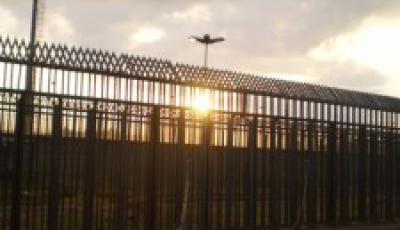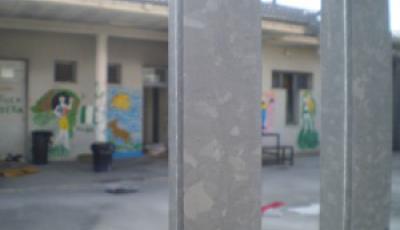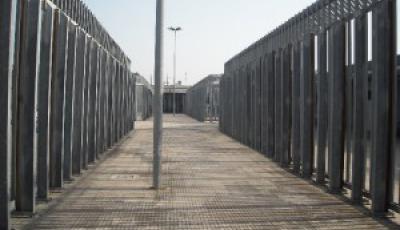Using Images in Research on Immigration Detention: Tensions and Challenges
Posted:
Time to read:
3 Minutes
Post by Francesca Esposito, Doctoral Candidate in Community Psychology, ISPA-University Institute, Lisbon

So far, I’ve discovered that images are a useful means to record particular events and moments in the course of fieldwork. An image condenses a set of sensations, colors, smells, sounds, and emotions that are often difficult to put into words. As a research tool, this aspect of images can be enormously powerful. As I review an image, even when I’m in my office, I can suddenly recall the context, both physical and emotional, in which it was taken. In this way, I use the evocative power of the image to be able to ‘go back’ into the field when I’m out of it. In a similar fashion, images can make ‘real’ issues that privileged groups (Italian citizens, in my case) prefer to ignore. Letting people ‘enter’ immigration detention centers through such images can provoke a strong impact, raising people’s awareness.

The majority of detainees don’t like to be photographed: they don’t want their friends and families to know that they are in detention; they’re ashamed of their condition, and often feel guilty about it. Many, especially women, are also worried about their safety since they’re escaping situations of persecution, domestic violence, trafficking, and sexual or labor exploitation. Ethical concerns are particularly relevant in these specific situations, and more generally in sites like these ones, where people experience a certain degree of powerlessness. Detainees’ concerns, fears, and personal preferences need to be respected; special care must be taken so my actions as a researcher don’t expose them to any form of risk or increase their distress.

Themed Week on Visual Methodologies:
- Monday: Visualising Immigration Detention and Deportation (S. Turnbull)
- Tuesday: The Politics of the Image (K. West)
- Wednesday: Using Images in Research on Immigration Detention: Tensions and Challenges (F. Esposito)
- Thursday: RETURNED: Portraits of People Deported to Brava, Cape Verde (A. Wise)
- Friday: Photo-elicitation in Prison: Visual Methods and Visual Culture (L. Gariglio)
Any thoughts about this post? Get in touch with us! Send us an email, or post a comment here or on Facebook. You can also tweet us.
__________
How to cite this blog post (Harvard style):
Esposito, F. (2015) Using Images in Research on Immigration Detention: Tensions and Challenges. Available at: http://bordercriminologies.law.ox.ac.uk/using-images-immigration-detention/ (Accessed [date]).








